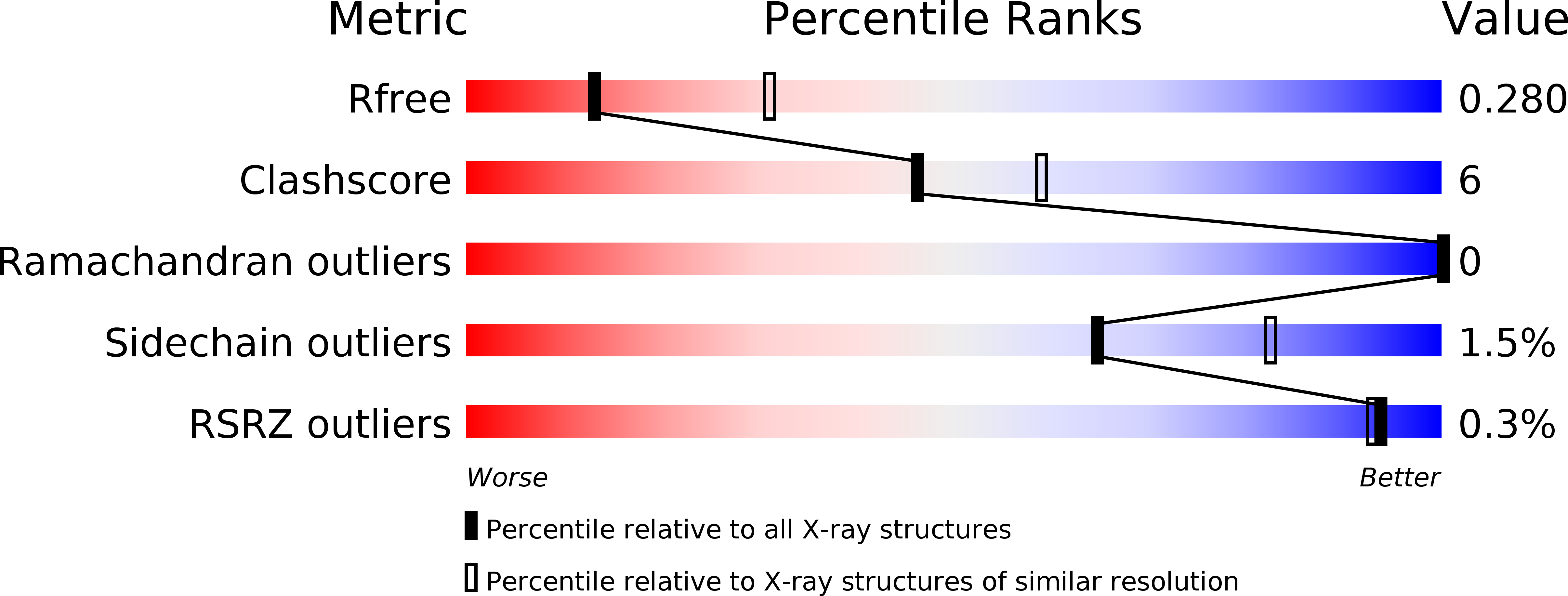
Deposition Date
2018-01-02
Release Date
2018-01-10
Last Version Date
2024-10-09
Entry Detail
PDB ID:
6FEL
Keywords:
Title:
Structure of 14-3-3 gamma in complex with CaMKK2 14-3-3 binding motif Ser511
Biological Source:
Source Organism:
Homo sapiens (Taxon ID: 9606)
Host Organism:
Method Details:
Experimental Method:
Resolution:
2.84 Å
R-Value Free:
0.27
R-Value Work:
0.22
R-Value Observed:
0.23
Space Group:
H 3


